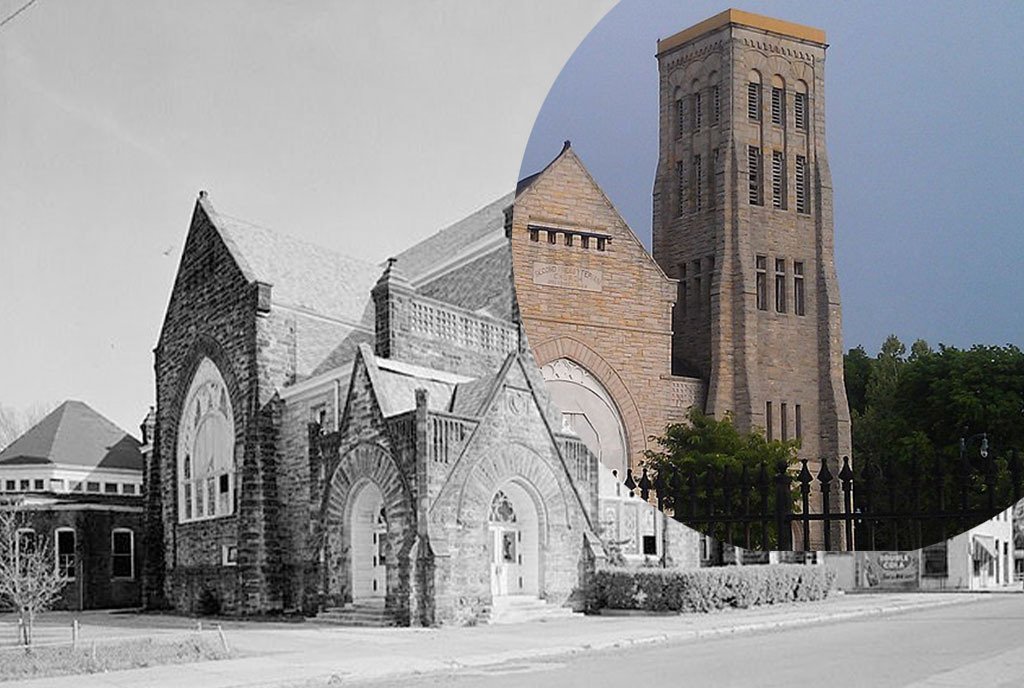
October 16, 2019; Los Angeles Times
Meg James, writing in the Los Angeles Times, reports that the paper this Wednesday “reached a tentative labor agreement with the guild that represents about 475 members of its newsroom.” The contract covers reporters, columnists, data journalists, copy editors, librarians, web producers, audio producers, page designers, photographers, and videographers.
In the first year, wages would rise at least five percent, with two-and-a-half percent raises in years 2 and 3. There are provisions for “parental leave, severance pay, and rights for journalists who wanted to pursue book deals.” There is also a management commitment to interview people from underrepresented groups for available jobs to increase diversity.
None of this sounds remarkable—although if billionaire Patrick Soon-Shiong hadn’t acquired the paper last year, we would likely be talking about layoffs, not wage increases.
But one contract detail is highly exceptional—namely, it is the first union contract in the paper’s 138-year history.
When the union formed two years ago, unionization was spurred, notes James, by “years of buyouts, steep cost-cutting, and antagonistic relations with its then-parent in Chicago”—the Tribune Company, also known as Tronc. When workers cast their ballots in January 2018, anger was high; the union prevailed by a decisive margin of 248 to 44.
But a lot has changed since that vote less than two years ago. L.A. Times Guild Co-Chair Anthony Pesce acknowledges the extent of the change, pointing out that, when union organizing started, “We never could have imagined that we were about to change the course of the paper.”
Sign up for our free newsletters
Subscribe to NPQ's newsletters to have our top stories delivered directly to your inbox.
By signing up, you agree to our privacy policy and terms of use, and to receive messages from NPQ and our partners.
Historically, management at the paper has been legendary for its virulent anti-unionism. As Ruxandra Guidi recalled in the High Country News last year:
Harrison Gray Otis, the first publisher of the Los Angeles Times (known as the Los Angeles Daily Times in the 1880s), was widely known for his combative conservative politics and anti-labor views. The Ohio-born Republican and Civil War veteran, whose legendary motto was “You’re either with me or against me,” saw labor organizing as an obstacle to the success of his corporate holdings—and his adoptive city.
Fast forward a century, and the story is quite different. As James explains, “The formation of the guild in 2018 was a key precursor to the sale of the Times, which returned the storied institution to local control after 18 years of shifting priorities and contentious relations with its owner, Chicago-based Tribune Publishing.”
Also, shortly after the union vote, notes James, “Los Angeles biomedical entrepreneur Soon-Shiong and his wife, Michele Chan Soon-Shiong, agreed to acquire the Los Angeles Times, San Diego Union-Tribune and a handful of community newspapers for $500 million. The purchase was finalized in June 2018.” Much like Jeff Bezos after his purchase of the Washington Post, the Soon-Shiong family has reinvested in the paper, hiring over 150 journalists since the purchase.
And now the L.A. Times has become part of a broader trend of increased union activity in publishing. In fact, one of its data journalists, Jon Schleuss, is now running for president of the international NewsGuild “on a platform of helping to train journalists at other outlets to organize effectively.” And unionization in the industry continues. As James points out, Arizona Republic staff just voted to unionize earlier this month by a margin of 64 to 30 (with seven not voting).
Members of the L.A. Times Guild, part of the NewsGuild sector of the Communications Workers of America, must still ratify the agreement. A membership vote is expected to be held by the end of the month. If ratified, the agreement would take effect in early November.—Steve Dubb













